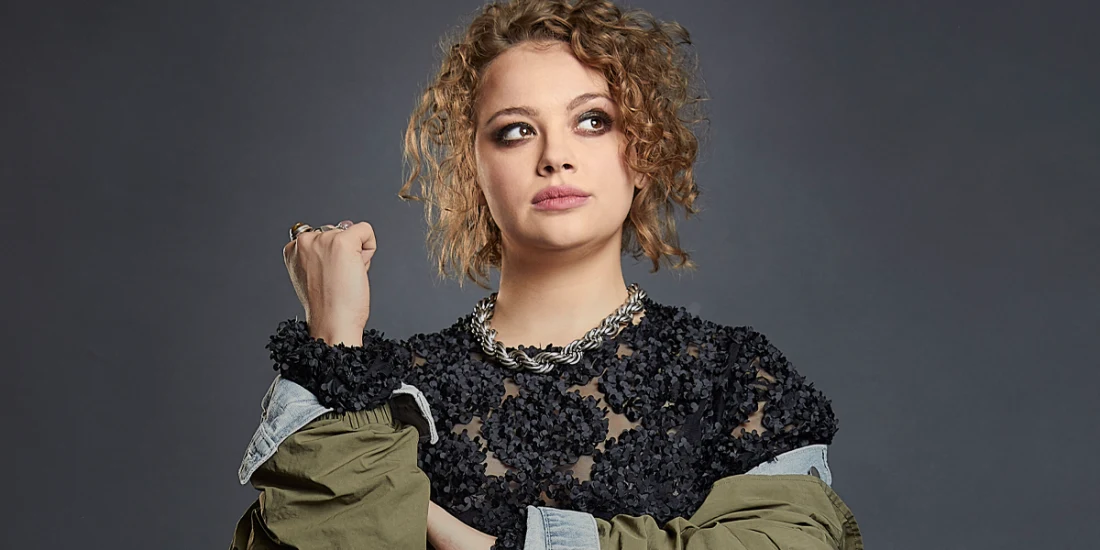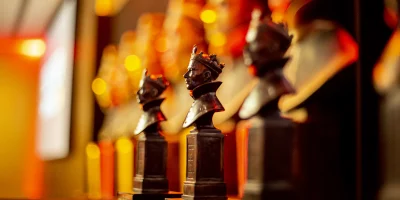
How the Cinderella came to be the UK's favourite fairytale
Cinderella is considered to be one of the greatest fantasy fairytales of all time, and certainly the UK's favourite according to polls. It's the story of one woman who rises above their oppressive struggle to fulfill their hopes and dreams. There's romance, there's ambition and a touch of magic too, but how has Cinderella become one of the greatest tales of all time?
Carrie Hope Fletcher is set to play the titular character in a brand new adaptation of Cinderella that's set to open in the West End later this year, featuring a book by Killing Eve's Emerald Fennell and music and lyrics from legendary composer Andrew Lloyd Webber. Ahead of the musical's arrival later this year, we've cast our spells to go back in time and see how the Cinderella story has influenced and transformed the theatre, all while retaining its quintessential moments we know and love.
Where did the Cinderella story originate?
Early versions of the Cinderella story are said to be found in ancient oral stories harking back to the ancient Greek period. The oldest known version is documented in Rhodopis, where a maid marries a King after he finds her shoe. It wasn't until the early seventeenth century that a Cinderella story was written down; the tale of Cenerentola sees the titular character named after the soot and ash she worked in, as told in Giambattista Basile's Pentamerone, a collection of fairytales set in southern Italy.
But, evidence of the traditional Cinderella story that we know today, featuring common tropes including pumpkins, fairy godmothers and a glass slipper are said to originate from the late-seventeenth century. Written by French author and fairytale writer Charles Perrault, his novel Cendrillon ou la petite pantoufle de verre (Cinderella or the little glass slipper in French) followed a woman punished by her step-sisters that's later visited by a fairy godmother to attend a ball.
Brothers Grimm also penned their own version of the Cinderella tale, titled Aschenputtel. Similar to their other works including Hansel and Gretel and Rumpelstiltskin, the German writers added darker moments to the story, with no fairy godmother and Cinderella's stepsisters facing barbaric punishment for their cruel behaviour.
How did Cinderella hit the mainstream?
Although the Cinderella narrative had been known for hundreds of years, it wasn't until 1950 when the Disney animated film established Cinderella as a princess we know and love today. Pictured as a white woman with blonde hair and wearing a sparkling blue gown at the ball, this image of Disney's Cinderella became canon in future versions. Films play up to the image of a young woman in a blue dress, with Kenneth Branagh directing Lily James as the picture-perfect princess in Disney's 2015 live-action version of the romantic fantasy.
When was the Cinderella story adapted into a musical?
Following on from Disney's commercial success, the fairytale eventually became the inspiration for a brand new musical. In 1957, the American composers and lyricists Rodgers & Hammerstein's Cinderella was broadcast on television (marking the pair's only musical written for television) with Julie Andrews giving an Emmy Award-nominated performance as the lead character. The musical combined elements of the Disney adaptation and centuries-old texts, with a score of original songs including "Impossible; It's Possible" sung by Cinderella and the Fairy Godmother and "Do I Love You Because You're Beautiful" sung by Cinders and her Prince Charming. With a live broadcast viewed by over 100 million people, Cinderella was one of the biggest television events of the year.
Even though it's been a popular story for generations, the Rodgers & Hammerstein musical took nearly sixty years to be staged on Broadway. Laura Osnes played the title protagonist alongside Santino Fontana as Prince Topher and Peter Bartlett as Sebastian in the 2013 revival, with the production earning nine Tony Award nominations, including best revival of a musical.
Has Cinderella been revived on television?
After the 1950s smash-hit, Cinderella has been revived twice for television. Stuart Damon and Lesley Ann Warren played the lovestruck couple in a 1965 adaptation, which aimed to stay true to Perrault's traditional tale. Arguably one of the most famous versions, Disney's 1997 film of the same name saw a star-studded, racially diverse cast including Brandy Norwood take on the titular role of the princess, alongside Whoopi Goldberg as the queen and Whitney Houston as the fairy godmother. With new songs taken from other musicals by Rodgers & Hammerstein and tweaks to the plot, the 1990s film reinvigorated the fairytale for a new, contemporary audience.
Does Cinderella feature in other productions?
Cinderella is portrayed in Stephen Sondheim's Into the Woods, following the princess in her rags-to-riches story. It's a fairytale musical combining the stories where characters in Brothers Grimms tales interact for the first time, where Cinderella must retrieve her glass slipper.
The Cinderella story has also been told in pantomime, first told at Theatre Royal Drury Lane in 1804, complete with clowns and burlesque acts. Nowadays, British theatres are home to modern pantomime retellings of Cinderella at Christmastime.
What can I expect from Cinderella in the West End?
Not much is known about the new musical adaptation of Cinderella coming to the Gillian Lynne Theatre. However, the musical will see Carrie Hope Fletcher reprise the role, having played the title character in workshop performances at The Other Palace in 2019, joined by West End actors including Ruthie Henshall, Tyrone Huntley and Sophie Isaacs.
Further casting for Cinderella is to be named, but we can't wait to see what the fairy godmother will bring to life in London.
Originally published on









